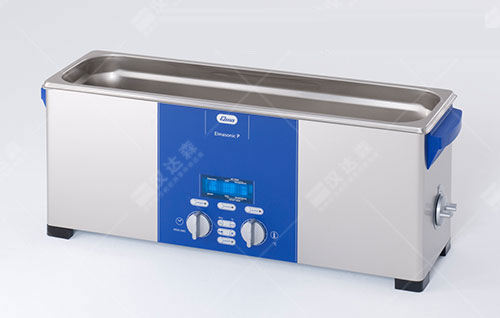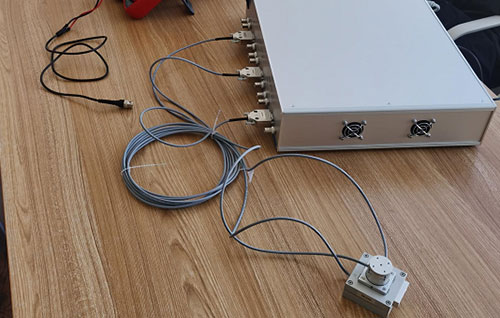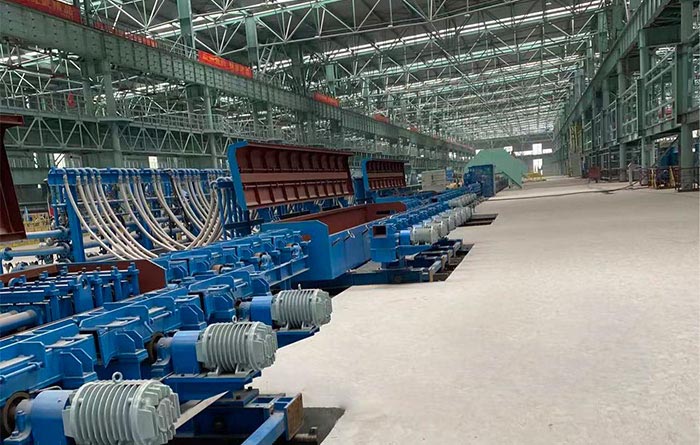First, we need to understand the function and principle of a labeling machine. A labeling machine is a device that attaches paper or metal foil labels to specified packaging containers using adhesive.
When a sensor signals that an object is ready for labeling, the drive wheel on the labeling machine rotates. Since the roll label is under tension on the device, when the backing paper changes direction running closely against the peel plate, the label, due to the inherent stiffness of its material, has its front section forcibly separated and prepared for application. At this moment, the object to be labeled is precisely positioned beneath the label, and under the action of the labeling wheel, synchronous labeling is achieved. After labeling, a sensor beneath the roll label sends a signal to stop operation, the drive wheel halts, and one labeling cycle is completed.
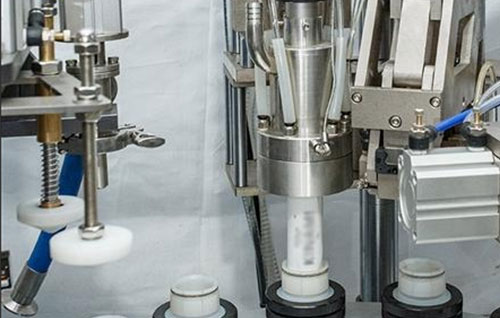
The specific installation position of the universal joint in the labeling machine can vary depending on the model and design of the machine. However, generally speaking, the universal joint is usually installed at key rotating or adjustment points of the labeling machine to enable flexible positioning and attachment of labels. During processes such as loading/unloading, label conveying, label positioning, or label application in the labeling machine, the universal joint may serve to adjust angles, maintain flexibility, or ensure stability. For example, in the label conveying system of a labeling machine, a universal joint might be used to connect the drive shaft to the label conveying mechanism, allowing for flexible adjustment of direction or angle during the label transport process.
The Elbe universal shafts we apply in labeling machines are primarily smaller models, such as:
Model 0.109.130.0202. This model is a short version universal shaft, as shown in the figure below. Its deflection angle is 20�, the diameter of both connecting flanges is 90mm, the minimum length is 225mm, and the telescopic lengths available are 25mm and 40mm. It can transmit a torque of 1700-2200 Nm.
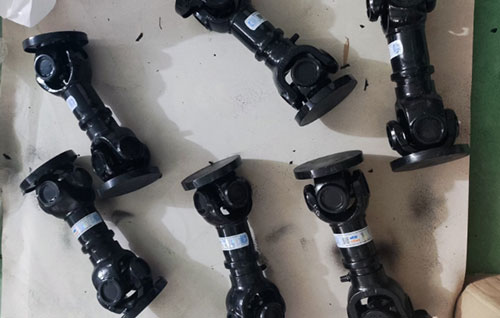
A labeling machine generally consists of the following components:
(1) Unwind Roller: This is a passive roller used for holding the roll of labels. It is usually equipped with an adjustable friction brake device to control the roll speed and tension, maintaining smooth paper feed.
(2) Dancer Roller: Connected to a spring, it can swing back and forth. Its purpose is to absorb the tension of the web material when the device starts, keeping the material in contact with various rollers and preventing material breakage.
(3) Guide Rollers: Consist of upper and lower rollers, serving to guide and position the web material.
(4) Conveying System: Transports the products to be labeled in an orderly and stable manner.
Elbe Universal Shafts are also commonly used in the conveying systems for larger products. The motor drives the reducer, and the universal shaft drives the drive wheel for smooth operation. Depending on the application scenario, we can provide products with torque ratings ranging from 190 Nm to 27,000 Nm. Furthermore, we can confirm models and customize lengths based on customer usage requirements to meet diverse customer needs. Welcome to inquire.

